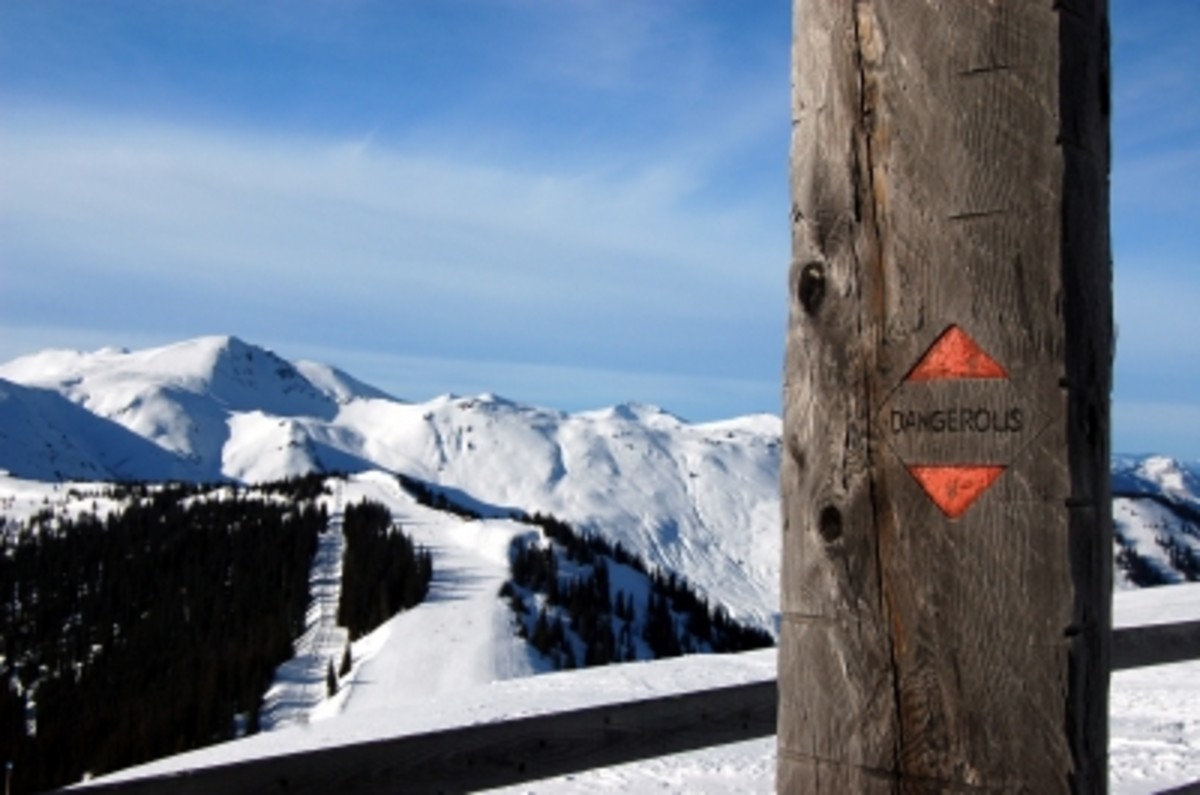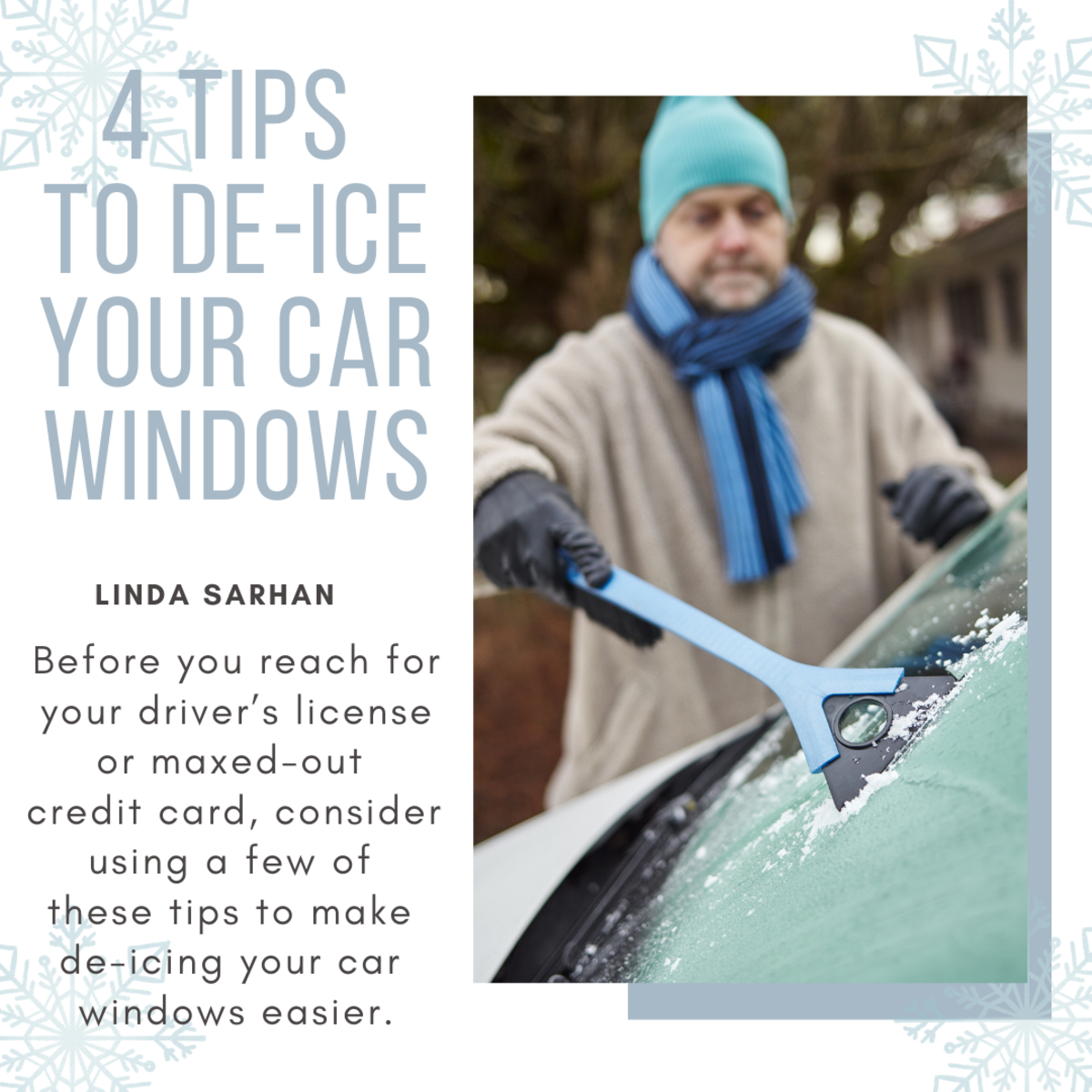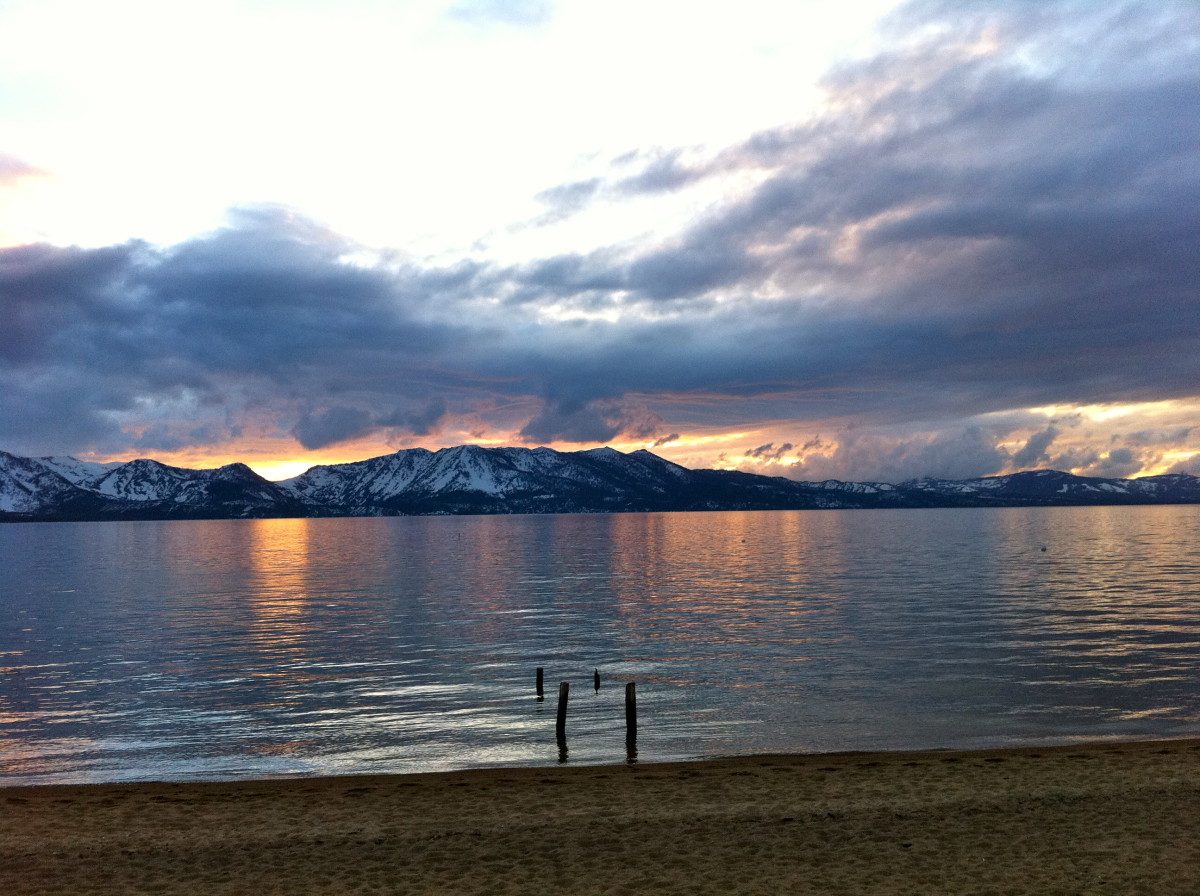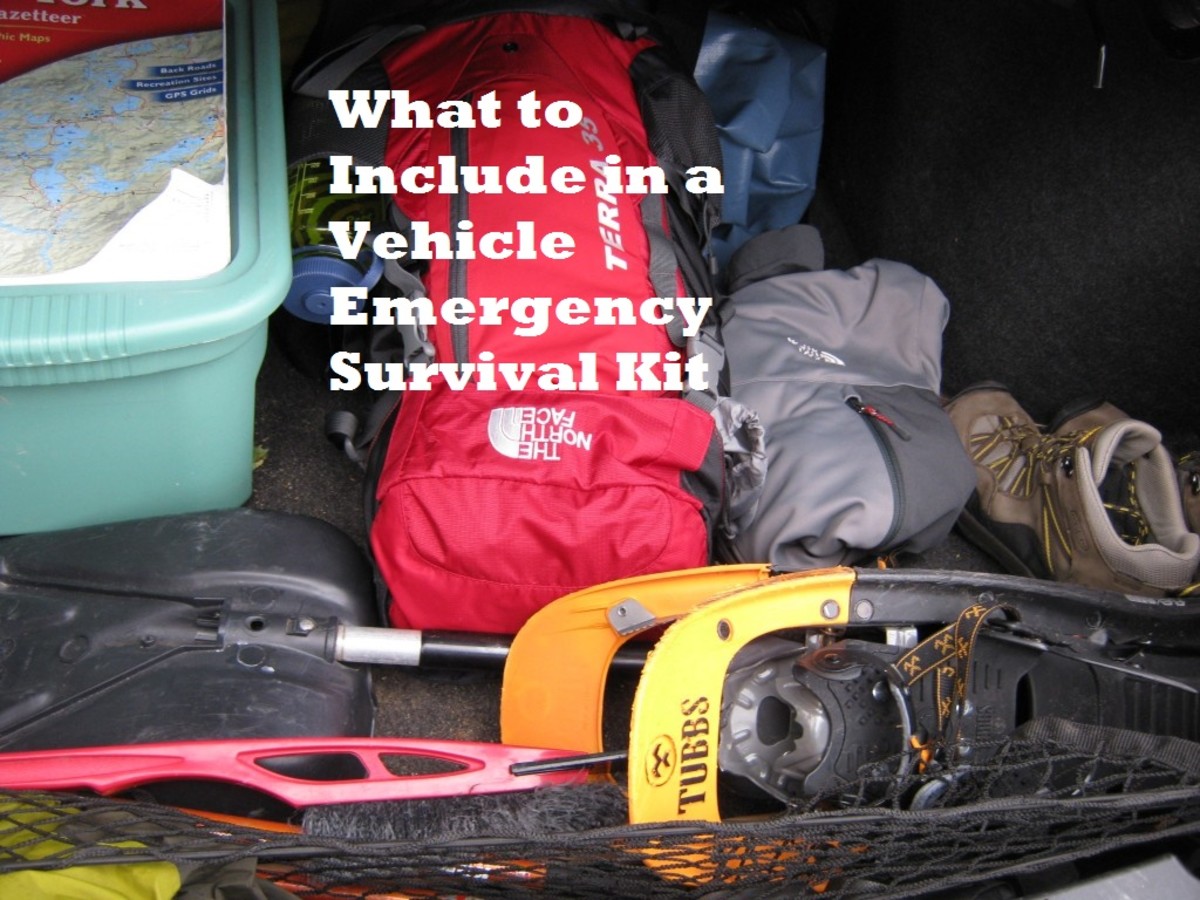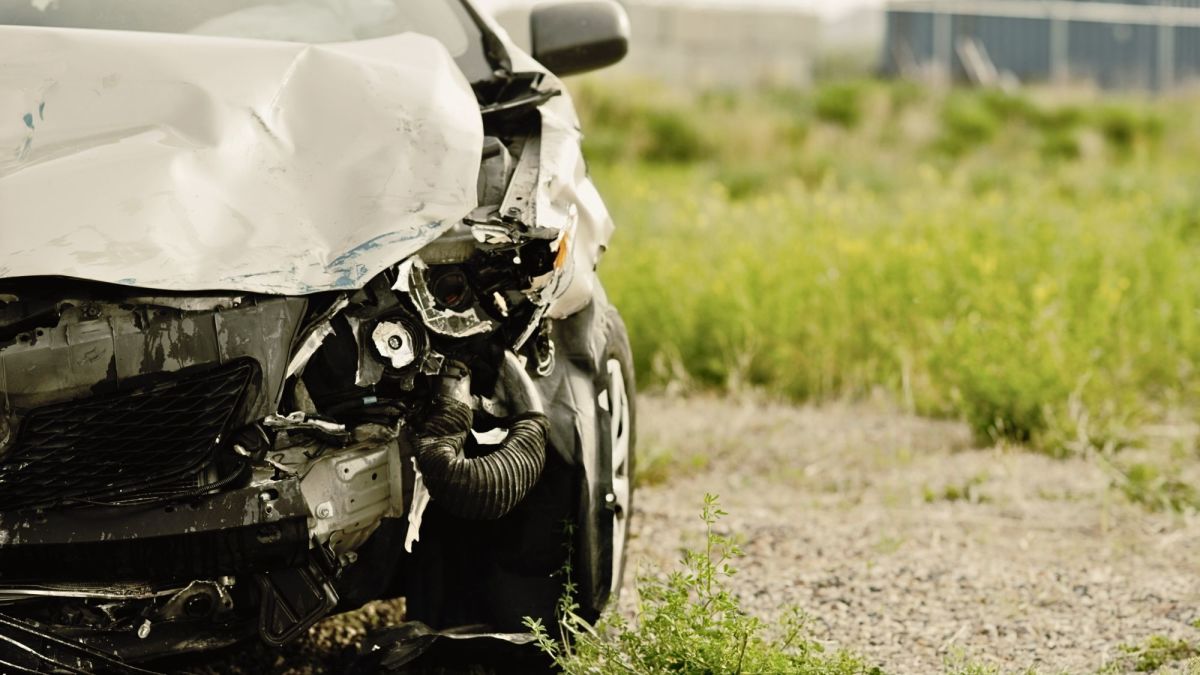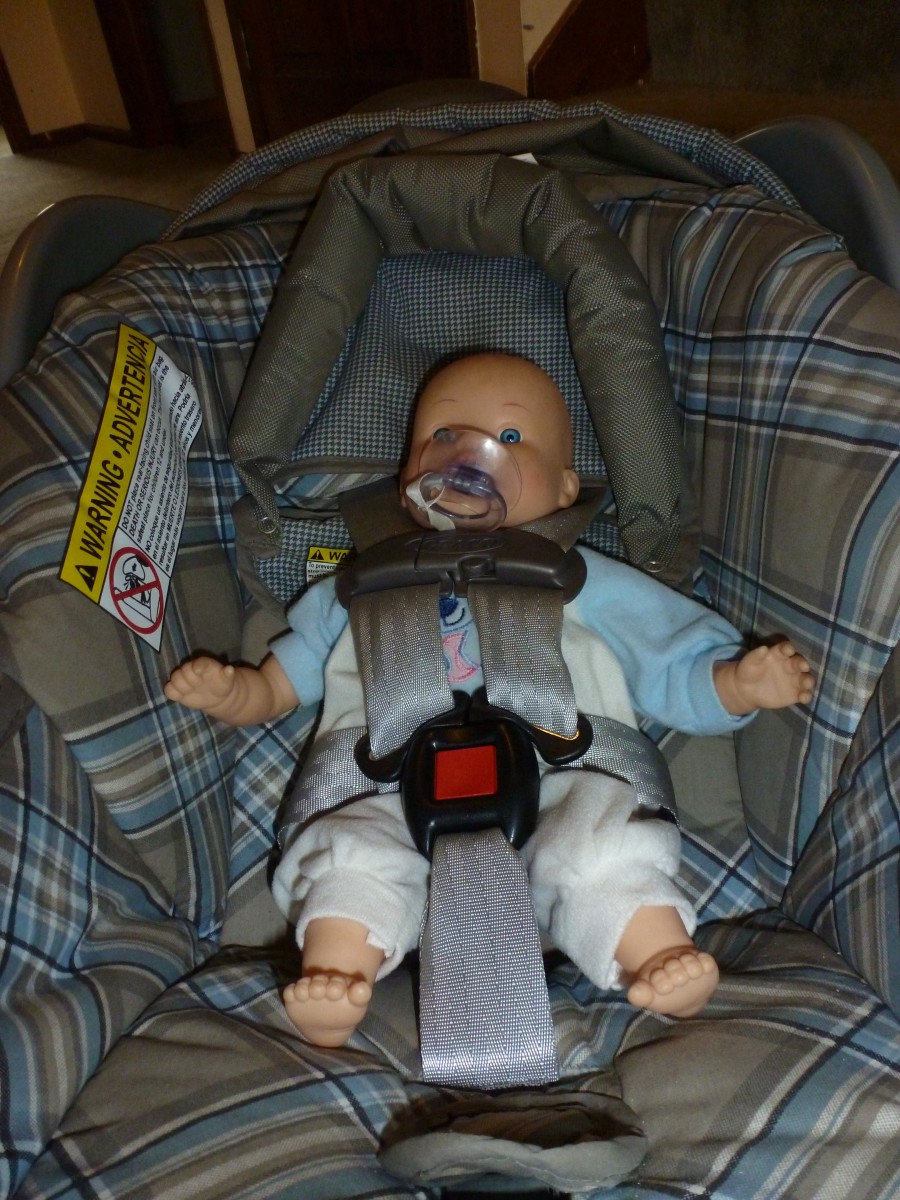How by ames When What to do to Use Plower, Tools for Driving Carsby hot rake Cars in Winter Snow Including Black Ice!

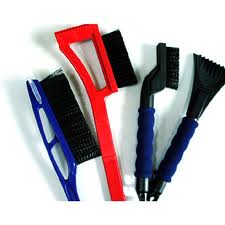
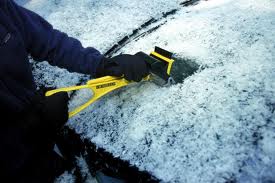
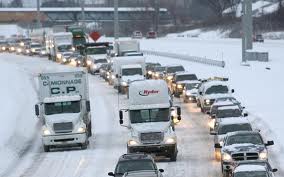
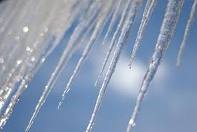
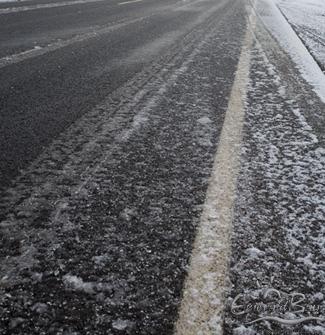
Beware of Black Ice!
In my opinion black ice is the utmost weather condition deceit! You could be driving along smoothly, maybe enjoying listening to some tunes, and all of a sudden without warning, lose control of your car! The culprit -- black ice! Even though the road looks perfectly clear, there is that devilish piece of black ice, just waiting for you to drive over it so it can do its damage!
Just a bit of information here. Black ice is not really the color black, but it is monstrous transparent ice, that is often not easily seen from your driver's stance. I read some place, that at night, it may look a little shinier--but I would not bet on it. Please be advised -- drive very carefully over black ice, or even better, don't drive on it at all if possible.
What actions do I take if the weather person, says there are lots of black ice on the roads? Very simply put -- I stay home, and do not drive in it! Driving on black ice is very dangerous, treacherous and is nothing to be played with!
Black ice gets it start first under bridges and overpasses. So take heed of those "Bridge May be Icy", or other type warnings! Slow down, be alert, and be prepared for very slippery conditions when driving under bridges and underpasses.
What better time than now?
What better time than the present to start thinking how you will survive winter driving? I will give you winter driving safety tips to include what you should and should not do when driving in wintry weather. This article is targeted to all drivers -- from the economy, compact cars, up to and including the SUV drivers. Truck drivers may get some tips from this article as well.
Ice, slippery when wet (not talking about that classic album), can be absolutely beautiful when it is used for entertainment. Take a look at the figure skater pictured to the top right. Beautiful, huh? But move that ice from the enclosed arena onto the roads and highways, and ice changes to a vicious monster lurking in the streets!
It may be nice and sunny where you are now, but just give it a few months and your clear highways can quickly turn into the scene pictured to the right where you are stuck knee-deep in traffic, surrounded by ice and snow.
Wait a minute -- is that a truck I see pictured driving in the left lane? Just to get off the topic a bit here -- truck drivers -- please stay to the right or center lanes. Stay out of the left lane! This goes for winter driving or any kind of driving. You are just tempting someone to try to pass you on the right, which increases the change of an accident that does not have to happen! So please mind your driving manners and stay to the right!
Now let me get off my soap box and back to my winter driving tips for you.
What to use to remove snow and ice?
First of all, if you do not already have an ice scraper, please go out and purchase one now, right now, while the weather is nice, and you do not have to slip around the ice, holding onto your car for balance in order to drive to the store to buy one. If you go now, you also do not have to watch off for ice cycles (pictured) that are pretty to look at, but can be dangerous.
Here are some suggested ice scrapers above.
Pictured also is someone who was not only prepared with an ice scraper, but who is also wearing gloves to protect his or her hands from the cold weather. So don't forget your gloves!
That being said, I know sometimes you may be caught unprepared when there is a sudden snow or ice storm, or if you wake up and find your car's (if not garaged), front windshields and windows covered in ice. You may be tempted to use a bucket of water to splash on the windshield as a quick way to remove the snow or ice. My advice to you, and I speak from experience here, is to not do that. For one thing, if you use warm/hot water, the impact of hot against a cold windshield, could result in a crack. And you do not want that. Also, depending on how cold it is outside, the water from the bucket could perform double duty and give you another sheet of ice to remove!
The best tool to use is an ice scraper. They are very inexpensive, especially the ones with the rubber handles and hard plastic ice scraper top. Even the ones with the brush attached doesn't cost that much and will help you remove snow from other parts of the car, in addition to the windshield.
Buying an ice scraper is a small price to pay for your safety!
No ice scraper? If caught in the snow without one, you may use one of those rewards plastic cards, or some other type plastic card -- Or you may have other ideas of your own on what you could use. I do not recommend using a regular credit card, because you do not want to risk damaging it. I've been caught without an ice scraper and have used one of my rewards cards to remove the snow. What I didn't like about using the card was the very small space it cleared at a time. So if you can, just go out and buy an ice scraper, if you do not already have one. Ok?
And please do not be one of those people who not only do not bother to scrape the snow off their car windows, but drive with loads of snow on their car, including their back windows! Take the time to remove the snow and ice so you can safely see where you are going, as well as who is behind you, just in case you need to make turns, etc.
I tend to say this phrase a lot in my articles, but I'll repeat the phrase again here -- "Remember, Safety First."
These people do not know how to drive in snow!
Have you ever made this statement or heard someone, maybe from New York (just sayin') that people just do not know how to drive in the snow and ice? I think they may feel that they have some divine power, given only to them that allows their vehicle not to slip or swerve on snow and ice, because they "know how to drive in the snow." I admire their confidence, but accidents happen to SUV drivers too! More on SUVs below.
SUVs
I got news for SUV drivers, and hopefully you do not fall in this category. I've seen many SUVs toppled over the side of the road, after they passed me on the highway. Of course they were driving much too fast for the wintry weather conditions. The magic words for SUVs are not "four wheel drive", but "drive for the weather conditions!"
That brings me to my next tip. Slow down! Where are you in an such a hurry to get to in icy, snowy, wintry type weather? Either leave earlier, to allow yourself plenty of time to get where you are going so you will not have to speed -- Or better yet, do as I have done plenty times, and just do not go out in the wintry weather at all if you do not have to! The exceptions include if you are at work, or already out, and have to get back home, or to your destination. But even then there are alternatives to continuing to drive through this type weather such as maybe waiting some place until the snow plows have come out and cleared the roads. (Optimally, the snow plows would have already been out, spreading salt, etc. before the road conditions got really bad).
But suppose you are on a long drive, and all of a sudden you are caught in a big snowstorm, and the snowplow trucks are nowhere in sight. This is where I have to give a tip and nod to those big trucks. Always keep your distance if driving behind them for your own safety, but their large tires makes for a nice pathway in the snow. I survived a long drive in the snow and ice this way, until eventually, I reached roadways that had already been cleared by the snow plows. Other options are of course for you to stop, at maybe a hotel or eating establishment until the snow dies down, when the inclement weather conditions have eased some, or when the highways have been cleared.
Use the highway or back roads?
The choice of where you feel you can drive safe while driving in the snow and ice is totally up to you. Just remember to check the weather reports before venturing out, if you have to go out. I personally try to stay away from the back roads, because sometimes it takes a while for these roads to be cleared. I prefer the interstate or freeway, over the back roads, but you may have your own preference.
Also, depending on where you are going, you may be using a combination of back roads and highways. My advice to you here is if there are other cars in front of you, of course, with you keeping a safe stopping distance, that you watch them very closely. If the cars or cars just ahead of you start to swerve due to the icy roads, use that as your clue to safely and slowly move to the other lane that may not be as slippery. I used this technique when cars kept swerving when they reached a certain spot in the road ahead of me. I slowly, and safely moved to the left lane until I passed that spot, then moved back to the right lane with no problems.
Car Safety Features
Many cars have a feature that engages when you hit icy conditions that automatically stabilizes or attempt sto stabilize the swerving motion of the car, regardless of how slight. Even if your car has this feature, remember if you come across ice and begin to skid, always turn your wheels in the direction of the skid. Slightly tap your brakes until you have control of the car -- Do not brake hard or your car may turn 360 degrees around, or something worse may happen -- which you do not want!
If you like, you may use snow wheel chains, as those shown above, or you may prefer all weather or snow tires that are designed for wintry driving. That is your choice. The take away here is to be sure your car, including your tires, are ready for wintry weather conditions.
Winter driving can turn into literally a matter physical impairment or even worse! Please give snow and icy weather conditions the utmost respect they deserve when you drive. I want us all to survive winter driving, and be here, in good physical form, ready to bask on the beautiful sandy beaches when summer rolls around again!
Here's to safe driving!

